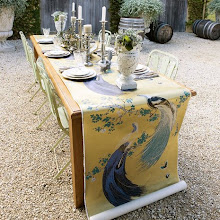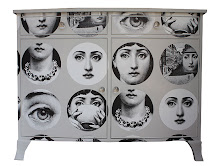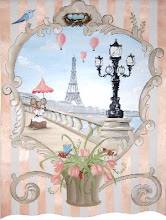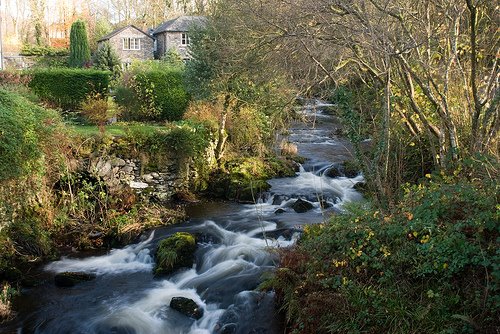
Wallpaper was used in Europe in the 16th and 17th century as an inexpensive substitute for costly hangings. The French developed marbled wall papers, introduced from the East via Italy and used at first for box coverings, into larger sheets for wall coverings and also made other wallpapers in small designs. Outlines were block-printed, and the colour was filled in with brush or stencil. The flock technique of printing designs with an adhesive and sprinkling with fine bits of wool or silk was probably first adapted to wallpaper c.1620 in France, but by the 18th century England had become the principal manufacturer. Sets of painted Chinese wallpaper were imported in the 17th century and by the 18th had become highly popular and were widely imitated. In France, Jean Papillon established in 1688 the first large wallpaper factory, where he made matching designs that would be continuous when pasted. In the 18th century paper was glued into continuous rolls before printing. Wallpaper was manufactured in the American colonies from the mid-18th century Colonial homes displayed various scenic and pictorial wallpapers, often with tropical themes. The mid-19th century brought modern printing on roll paper, mass production, and decadence in design. The English Pre-Raphaelite artists, particularly William Morris, promoted a renaissance in wallpaper designs, and the 20th century has seen its fulfillment in England, France, and the United States. American designers have revived interest in landscape papers and have greatly developed frieze and panel papers through the medium of hand block printing.
English floral patterns included some that featured flowing ribbons among the flowers, and floral stripes. Examples of each of these styles of 18th-century English wallpapers have been found in American houses.
Pictured: A red flocked version of an English flowering vine with diaper pattern survives from its 1781 installation in the Webb House built in 1752 in Wethersfield, Connecticut. The enormous size of the repeat, 72-1/2 inches long and 38-1/2 inches wide, contrasts with the narrow border, just under 2 inches wide. The scale is unexpected in a low-ceiled bedroom. Many of the horizontal as well as vertical seams between individual sheets of handmade paper, each about 21 inches wide and 24 inches long, are apparent in this photograph. (Courtesy of the National Society of the Colonial Dames of America in the State of Connecticut)





























































No comments:
Post a Comment